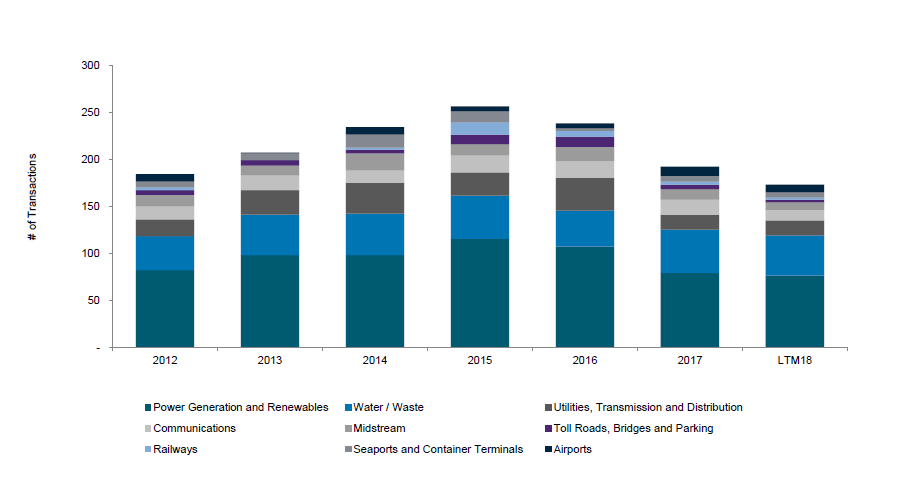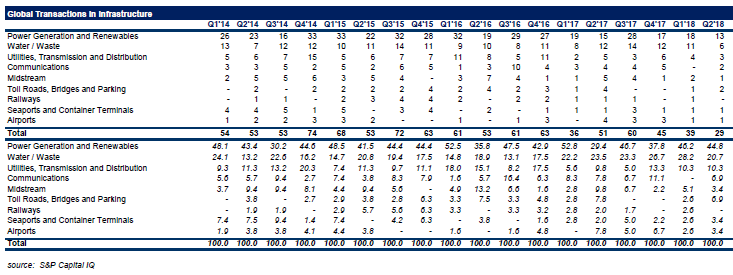Challenges and Impacts in Power Transmission Lines Projects in South America
Like most capital projects, transmission lines also face challenges during construction. The usual challenges in the construction phase of transmission lines include change in layout, land management, contractors, interfaces, financing and contract disputes.
For transmission line projects, it is common for the contractor to claim for loss of productivity, usually caused by a breakdown in land management. Loss of productivity caused by out-of-sequence construction work is difficult to measure due to lack of team control in the field, lack of communication and documentation, lack of measurement criteria for payments, as well as lack of a unique methodology for calculating and accurately determining the impact caused by the changes in the construction plan. There are several methodologies to measure loss of productivity, and the choice depends on the constraints in the information and documents available produced by the project. In any case, it is recommended that the methodology adopted be on specific project studies, such as the i) measured mile study, ii) earned value analysis, iii) work sampling method and iv) craftsmen questionnaire sampling method.
Delay Impacts
The financial impacts of delays are large. Not only in CAPEX overruns, but also in the loss of revenue due to delay in commercial operation. In a study carried out by the authors with 15 transmission lines representing approximately 6,000 kilometers (3,750 mi) and 15 substations constructed in the last five years in South America, an average cost overrun of 25 percent was realized. In addition, an average delay of 10 months from the original completion date was experienced.
There are more than USD$800 million of cost overruns that could have been avoided with the application of appropriate methodologies.
How to Mitigate the Impacts
Procurement
Due to the current business model throughout most of South America, which passes through the auction phase, transmission line projects are contracted with low project maturity. With this approach, the risks of cost and schedule variations are high, and it is important to start mitigation early. Determining the split of contract packages and their interfaces becomes critical to the success of the project. The different types of contract packages are shown in Figure 1. The packages can be contracted to a single supplier, consortium or subcontractors, or can be split for different contracting.
Figure 1 – Contract packages

The typical evaluation tools for splitting the contract packages are restricted when project maturity is low, and the project driver is the schedule. Therefore, for the division of contract packages, it is necessary to evaluate the corporate maturity of the owners.
To define the division of the contract packages, it is recommended to evaluate the company’s background in carrying out transmission line projects and to evaluate how many projects the company has recently accomplished. If the company has not completed a project in a long time (or ever), it is recommended that the company transfer maximum risk to the contractor.
It is also important to review the team proposed for project management by measuring their size and technical ability. If the company does not have sufficient resources to carry out management of the contracts, it is recommended to transfer the maximum scope to the contractor.
Finally, analyze the company's project execution assets. Check for formal plans, policies, guidelines and procedures, lessons learned from previous projects, as well as communication protocols. This diagnostic will provide a very good idea of the maturity of the company for managing complex projects.
Integrated Planning
Transmission line projects involve several work fronts and create a challenge for planning since the interfaces need to be carefully evaluated.
The purpose of planning throughout the project is to establish a workable offset of actions and a full scope of work so that work is performed in an efficient and coordinated manner. The integration of engineering schedules, land management, permits, supply and construction are required to determine the indirect costs, estimate the cash flow, duration of resources to the project and the start date of the operation.
Another important issue is the lack of use of suitable scheduling tools for transmission line projects. For transmission line planning to be carried out properly, it is recommended to prioritize the following activities:
- Conduct the evaluation of contractor’s schedules through productivity analysis;
- Prioritize the definition of engineering (design);
- Integrate schedules and evaluate interfaces;
- Adopt the appropriate technology tool for linear projects; and
- Calculate contingency based on risk analysis (mainly for permits and land management).
Contract Management
Although it seems simple, adequate contract management is rarely observed in these projects. It is essential that the owner has a well-trained team on staff to take care of both matters that deal with execution and to prepare the necessary documentation for possible contract disputes. The key aspects of a well-structured contract management procedure must include:
- Involve a qualified team to review the contract draft;
- Monitor and control the contract;
- Implement contractual documents management (evidence); and
- Implement an electronic documentation management system.
Risk Management
As discussed earlier, the first phase is the division of the contract packages which needs to be carefully evaluated. Next, analyze the best contract strategy to be used by performing the risk analysis evaluation of the contracts. The challenge is to find a balance between the risk and the contract price. Transferring of risk is a practice that, when carried out effectively, shares responsibilities according to the ability to control and mitigate. Attempting to protect only the owner, with greater bargaining power, often results in costly unilaterally burdensome contracts. The result may be reduction in quality, lack of bidders, contracting unenforceable services, contract disputes and contractor insolvency.
As already stated, it is important that the clauses clearly allow for changes and mitigation of previously identified risks. Finally, the contingency must be based on an appropriate risk assessment. After the qualitative classification of the risks, it is necessary to continue with the quantitative measurement for appropriate determination of the contingency to be applied to the baseline budget.
Conclusion
Deviations during a project will always occur. This paper has highlighted the most common mistakes in transmission line projects, which cost owners millions of dollars. The causes of those impacts - such as design layout changes, contractor’s inexperience and scope interfaces - can all be properly addressed by the tools and methodologies presented here.
Developing an effective strategy for contracting packages (through one or multiple contractors) creates a risk awareness for both parties, and equitably allocates risk according to their ability to control.
Implementing an integrated planning program is crucial for monitoring the project, as well as for understanding each parties’ responsibilities. Conducting adequate contract management – which needs to start early – takes care of registering project documents in a timely manner, besides giving support for a healthy relationship with the contractors. Lastly, applying a well-structured risk management program makes sure the owner foresees most unfortunate events which can impact the project, thus enabling action plans before they happen.
These are the key elements for improving chances of success in transmission line projects. They will certainly mitigate the risks, reduce the impacts and support the project to reach objectives set out in the business plan. The joint application of such methodologies is also important since the lack of one might jeopardize proper management of the project







